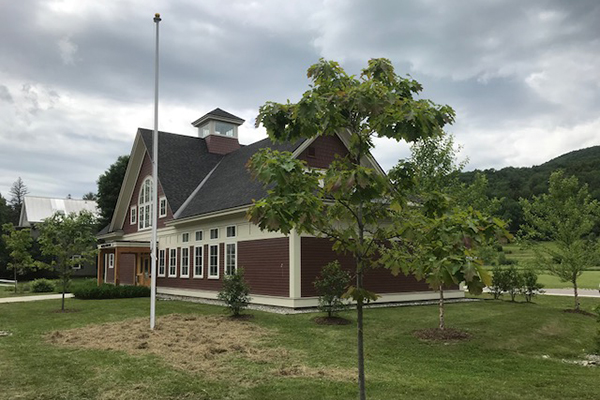The question of whether Waitsfield was a gold town between when Act 60 and Act 68 were passed may make a difference in whether the town needs to amend its charter to adopt a local option tax (LOT).
Act 60 and 68 changed how Vermonters funded education by requiring property-wealthy towns to help cover the cost of education in property-poor towns. After the education funding formula changed, the Legislature passed a law, Act 138, that allowed gold towns to adopt a local option tax to help make up for the increased funds being sent to Montpelier for redistribution.
The Waitsfield Select Board, at its September 9 meeting, heard from town administrator Trevor Lashua that the town may not need to change its charter to adopt an LOT if one of three criteria that identify a town as a gold town is met. Those three criteria involve the town’s education tax rate in 1997 and whether it was above or below $1.10 per $100 of assessed value, what percentage a town’s Grand List is compared to the state’s equalized education Grand List and what percentage a town’s education tax rate changed after Act 60/68.
Lashua told the select board that he’d been in contact with town attorney Bob Fletcher about the question of whether Waitsfield met the statistical tax criteria or whether Waitsfield voters would need to change the town’s charter before any vote on adopting a 1 percent LOT.
“When did we become a gold town?” asked board member Darryl Forrest.
Lashua said it was closer to the implementation of Act 64, which passed in 2017.
“We are now and have been for quite some time, but when Act 60 was implemented, that may not have been the case,” Lashua said.
Board members spent some time hashing over the motion made by board member Jon Jamieson about seeking legal input on the charter question at a meeting two weeks ago. Forrest said it was his recollection that the motion was to send LOT documents to the attorney with a request that they be reviewed along with the charter question.
Board members Kellee Mazer, Sal Spinosa and board chair Paul Hartshorn said they thought the motion was to ask for legal help on the charter issue. Jamieson was not present at this week’s meeting.
The documents are a memorandum of understanding and bylaws to ask voters in Warren, Waitsfield and Fayston to adopt a 1 percent LOT on rooms, meals, alcohol and retail sales. Such an LOT would raise about $1 million and the towns would retain about $700,000 to be invested in housing, transportation, community projects, recreation and marketing. Funds would be distributed through a grant process overseen by a commission made up of two people appointed by each select board and a chair appointed from the Mad River Valley Planning District’s steering committee. The steering committee is made up of a select board member and planning commissioner from each town.
A subcommittee of the steering committee had drafted and vetted the LOT proposal. The Warren and Fayston Select Boards have been unanimous in their support for the proposal while the Waitsfield board has been split 3-2 on the idea.
The work of the steering committee subcommittee was the subject of an angry outburst from Spinosa at this week’s meeting when he took issue with the fact that the steering committee subcommittee worked on the proposal for eight months before presenting it to the select boards. There were select board members on the subcommittee, including Forrest from Waitsfield, Bob Ackland from Warren and Jared Cadwell, chair of the Fayston Select Board.







